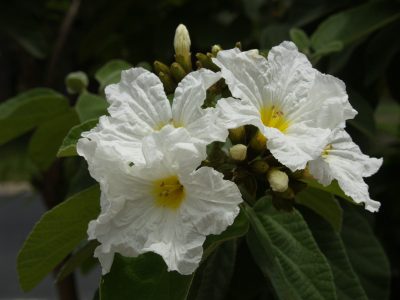Why are my redbud trees blooming in fall?
The reason is the weather. Thanks to D. Kirkland for her great question and picture! Although it wasn’t as bad in 2012 as the landmark year before, the drought continues, and we still have a pretty large deficit of rainfall. So the lack of predictable soil moisture continues to be a stressful issue for plants. And when plants are stressed, they behave out of character. You may notice a decline in plant health during stressful conditions, which would be logical. It makes perfect sense that a tree that isn’t getting enough water to sustain itself will drop its leaves and have declining health.
But often something really interesting happens if the environment improves significantly: the plant rebounds and works hard to take advantage of the situation before the opportunity passes. In the redbud’s case this year, after a second hot, dry summer, they took advantage of early fall rains to sneak in a few flowers. Temperate zone plants are particularly sensitive to the seasons, especially the length of daylight and the temperatures. Without this sensitivity, plants would not “know” when to drop their leaves for winter or when to flower and produce the next generation. But when the weather is wonky, which it has been around here for a while, plants do behave strangely.

 Daphne Richards
Daphne Richards
 Trisha Shirey
Trisha Shirey